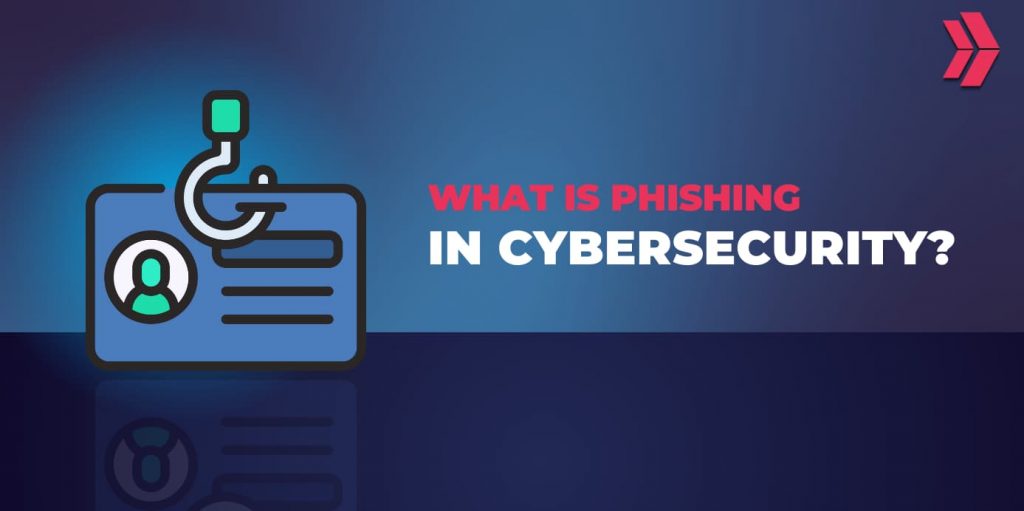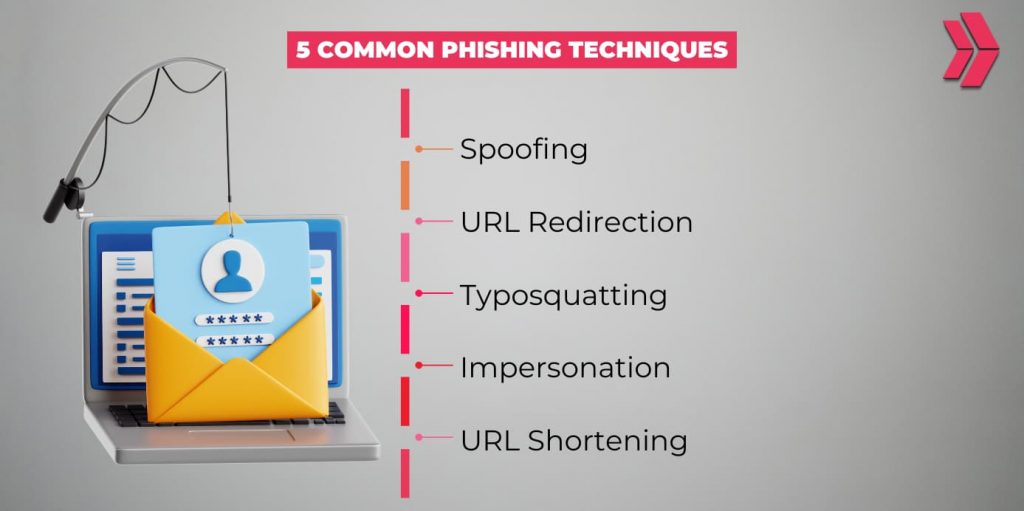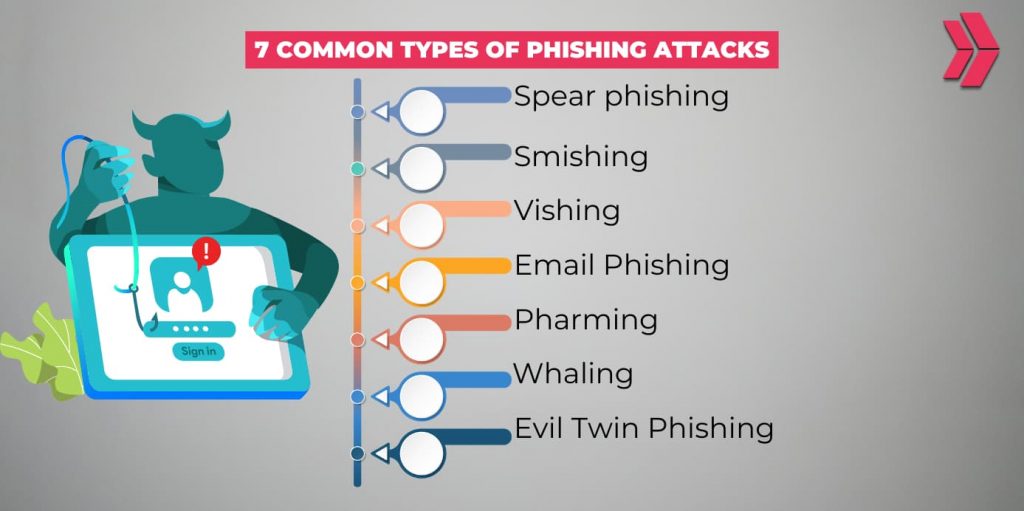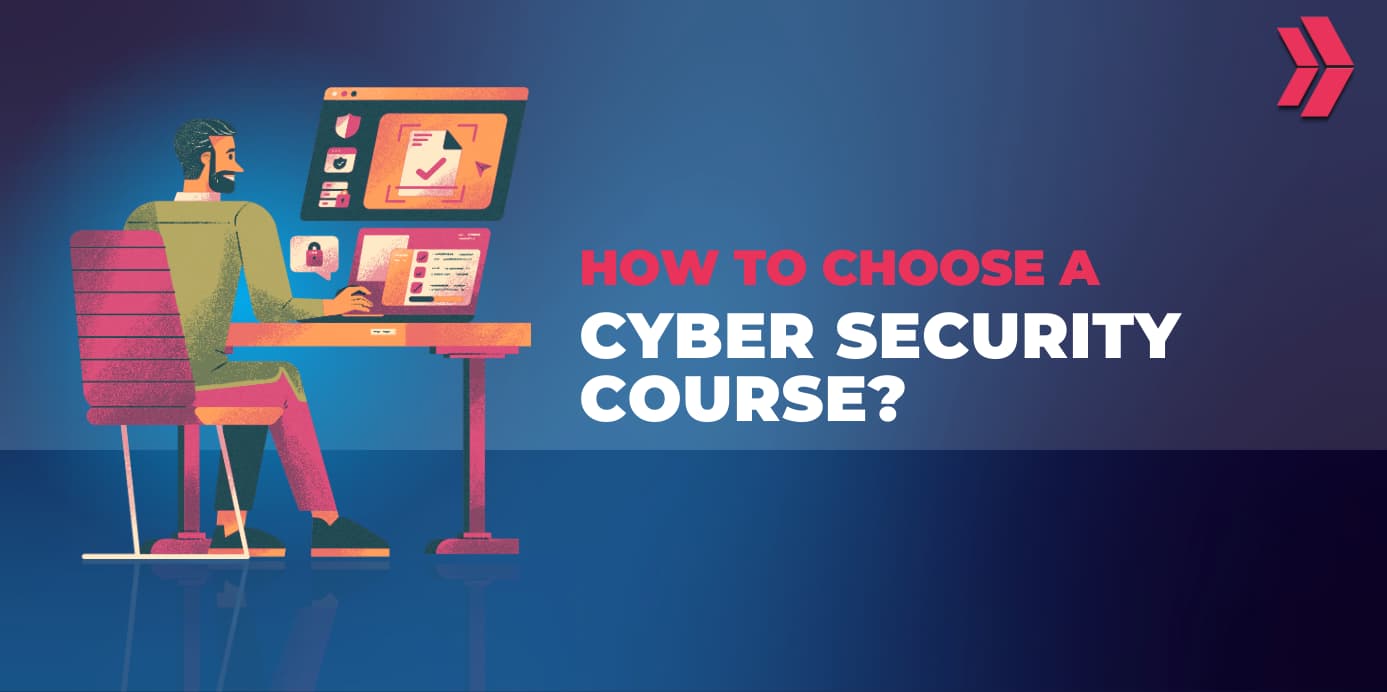Phishing is one of the most common and dangerous types of cyber attacks in the ever-changing digital threat landscape. Cyber offenders send 3.4 billion phishing emails daily, which accounts for %1.2 of all emails, according to Top Phishing Statistics for 2024: Latest Figures and Trends published by StationX. Phishing relies on social engineering techniques to exploit human vulnerabilities, which could be the gateway to other kinds of attacks.
Threat actors utilize advanced tools and cutting-edge technologies to launch sophisticated phishing attacks. Thus, professionals can effectively respond to emerging cybersecurity threats and phishing attacks by learning cybersecurity principles, applying best practices, and leveraging the latest technologies and tools.
Furthermore, comprehensive cybersecurity training and ongoing education are essential to effectively defending against phishing attacks. It is crucial to learn and understand the phishing definition, how it works, and why it is so effective. Integrating educational programs to advance cybersecurity knowledge will prepare professionals and boost their skills to prevent and mitigate phishing attacks.

What is Phishing?
Phishing is a type of cyber attack that aims to trick users into sharing confidential information. It is a subset of social engineering and may involve text messages, websites, or emails to lure victims.
How Does Phishing Work and Why Is It So Effective?
Phishing is still the leading attack vector, and almost 90% of attacks begin with phishing, according to the 2024 Annual State of Email Security Report published by Cofense. Phishing is effective because it exploits human vulnerabilities by using social engineering techniques. Attackers thoroughly research the victim and choose the delivery method for initial access. Later, they may use a malicious link or attachment in the exploitation phase.
What are the 5 Common Phishing Techniques?
Here are the 5 common phishing techniques;
- Spoofing
- URL Redirection
- Typosquatting
- Impersonation
- URL Shortening

What is Spoofing?
Email spoofing exploits the trust associated with a known source. Perpetrators may replicate sender information to establish credibility and persuade the recipient to click on a malicious link or download harmful content in the body section.
What is URL Redirection?
URL redirection is the process of forwarding traffic from a legitimate website to a malicious one. Attackers use this dangerous technique to avoid detection because the original website is trustworthy. However, the user is redirected to a malicious web page.
What is Typosquatting?
Typosquatting exploits common misspellings or typing errors in domain names and directs users to malicious websites. This kind of URL hijacking takes advantage of easy typing mistakes. For instance, a user can type a possible malicious “clarsway.com” instead of the intended “clarusway.com.”
What is Impersonation?
Impersonation is a deceptive technique in which attackers pretend to be someone else, a trusted person, or someone who has the authority to trick victims into taking undesirable actions. Impersonation employs social engineering practices to deceive victims.
What is URL Shortening?
A URL shortener tool makes long web links shorter. Threat actors can use URL shortening tools like TinyURL and Bitly to change a malicious URL and fool people into falling for phishing attempts.
How Have Phishing Methods Evolved with Technology?
Incorporating advanced technology has recently evolved phishing methods by expanding the attack surface and using sophisticated phishing techniques. Utilizing AI is a new attack vector and poses a significant threat to cybersecurity efforts. Interestingly, 78% of people opened phishing emails written by AI, and 65% interacted with linked webpages and provided sensitive information on the input field, according to the research conducted by SoSafe Awareness Platform in 2023.
What Are the 7 Most Common Types of Phishing Attacks?
Phishing has a wide range of applications, and here are the 7 common types of phishing attacks;
- Spear phishing
- Smishing
- Vishing
- Email Phishing
- Pharming
- Whaling
- Evil Twin Phishing

What is Spear phishing?
Spear phishing is a focused phishing attack that uses personalized methods to steal sensitive information from a specific target. Furthermore, business email compromise (BEC) is a type of spear phishing that targets specific people in organizations.
What is Smishing?
Smishing baits users by sending text messages with malicious intent. Smishing combines SMS and phishing, and some examples include messages from a bank, a friend, a delivery notification, or a prize announcement.
What is Vishing?
Vishing is using voice to make phishing attempts through phone calls. Attackers can benefit from AI in vishing attacks. For instance, scammers utilized AI voice cloning technology to impersonate an executive officer and defrauded the company of US$243,000 in 2019.
What is Email Phishing?
Email phishing attempts to lure numerous victims by sending the same generic message. The messages rely on targets to take the bait. Phishing email is still the leading method among phishing attacks, accounting for 65%, according to Trend Micro’s 2024 statistics.
What is Pharming?
Pharming is a URL redirection method that conveys legitimate traffic to a malicious website. Attackers can use DNS poisoning to forward victims to compromised sites. Impressively, the traffic can be rerouted automatically without requiring any human action.
What is Whaling?
Whaling attacks focus on high-level executives to catch a big fish. For instance, the co-founder of Levitas Capital received an infected email. When he clicked the link, the malware was executed and resulted in a US$8.7 million financial loss in 2020.
What is Evil Twin Phishing?
Perpetrators use evil twin attacks to covertly intercept, control, and manipulate user activities by establishing counterfeit access points. Attackers forge a Wi-Fi network that resembles the real one and entice users to connect to the fraudulent access point.
What are the Phishing Examples?
Organizations or individuals often experience considerable financial losses due to phishing attacks. For example, Pepco, a European company, lost €15.5 million (nearly US$16.9 million) to an email spoofing phishing attack at the beginning of 2024.
Furthermore, attackers can leverage advanced cybersecurity tools or artificial intelligence to launch sophisticated cyber attacks.
Here is a simple example of a phishing link used to steal credentials. An attacker could utilize the Zphisher tool within a Kali virtual machine to extract the username and password for a specific platform. When the victim interacts, the attacker can capture the obtained credentials.
What are Common Indicators of a Phishing Attempt?
There are many indicators to detect a phishing attempt. For instance, deceptive links that appear legitimate but lead to malicious websites are the most common phishing technique, which makes up 35.6% of phishing threats, according to the 2023 Phishing Threats Report published by Cloudflare.
Here are some other signs of phishing attempts:
- Using suspicious email addresses
- Attaching suspicious files
- Making unusual requests
- Having grammar or spelling errors
- Using unusual layouts and formats
- Creating a sense of urgency
How to Prevent Phishing?
Preventing phishing attacks is complicated and requires a collaboration of security tools and education. Here are some practical approaches:
- Using antivirus and detection tools
- Enforcing multi-factor authentication (MFA)
- Restricting user privileges
- Utilizing email security solutions
- Conducting regular tests and simulations
- Giving security awareness training
Conclusion
Phishing is a kind of attack that exploits human nature by using social engineering techniques to trick people. Recently, phishing attempts have been on the rise due to sophisticated tools and the utilization of AI technology.
To prevent phishing threats, cybersecurity professionals need to recognize the common types of phishing attacks and the perpetrators’ techniques. Then, they can look for common indicators of phishing attempts and prevent them using best practices. However, security awareness training is also essential to fight against phishing attacks.
FAQs
What basic knowledge is covered in a cybersecurity course that can help understand phishing?
A cybersecurity professional must understand the concepts and mechanisms of phishing threats. A security expert also needs to leverage the latest cybersecurity tools and technologies to combat evolving threats. Comprehensive training should cover the various types of phishing attacks and techniques used by threat actors. A cybersecurity analyst course should include hands-on experience. Furthermore, fostering security awareness training is indispensable in cybersecurity courses.
How does phishing fit into the broader category of cyber attacks?
Phishing is a type of social engineering attack that exploits human vulnerabilities. According to the Avast Q1/2024 Threat Report, social engineering is the leading threat vector in the industry; 87% of desktop computer attacks and over 90% of mobile attacks are attributed to social engineering. Phishing is primarily used to gain initial access. However, it can also facilitate other types of cyber attacks and expand the attack surface.
What role does cybersecurity training play in preventing phishing attacks?
Cybersecurity training is vital in security efforts to identify and mitigate phishing attacks. Implementing security awareness programs is essential in effectively countering social engineering techniques. As a fascinating fact, security awareness training led to a 70% reduction in cyber attacks, according to Keepnet 2024 Security Awareness Training Statistics.
Can you explain how training programs enhance cybersecurity knowledge, specifically against phishing?
Training initiatives utilize educational programs for advancing cybersecurity knowledge against phishing attacks in 5 main ways: obtaining proactive and protective measures, raising awareness against possible penetration techniques, improving detection and response capabilities, complying with rules and regulations, and adopting cybersecurity best practices.
What are the latest cybersecurity threats, and how does phishing compare?
There are common types of cyber threats, such as malware, code injections, DDoS, and social engineering, which dominate the threat landscape. However, attackers use the latest cybersecurity threats to exploit IoT, cloud environments, and AI-driven attacks.
Phishing is very effective and adaptable. After initial access, it can extend its impact to other threats. For instance, phishing can steal credentials and lead to other malicious actions, including malware execution, supply chain attacks, privilege escalation, and lateral movements.
What are some cybersecurity best practices to protect against phishing?
Professionals apply cybersecurity best practices to protect against phishing, such as enforcing strong password policies and multi-factor authentication, restricting user privileges, forming security awareness training, conducting regular phishing simulations, using antivirus and detection tools, and leveraging email security solutions.




